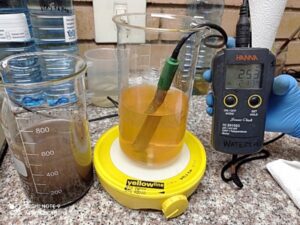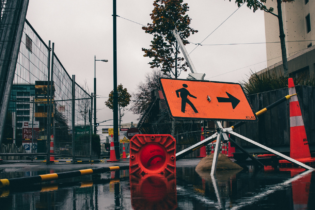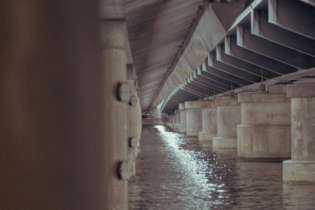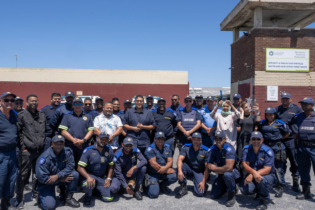While working in the mining industry as a metallurgist for over 14 years, Boitumelo Nkatlo identified challenges with acid mine drainage (AMD) treatment and saw a business opportunity. Dineo Phoshoko interviews Nkatlo about BNAqua Solutions and its prototype to treat acidic water.
The proposed solution aims to convert the current 20 000 ℓ/day pilot plant into an integrated, modular solution for gold and coal mining companies. It treats water contaminated with AMD for both drinking and agricultural purposes. How the water treatment solution works BN The first step is the purification process that involves the use of a waste metallurgical by-product that is cost-effective and removes heavy metals from the raw acid mine water. Next is the water softening phase, while the last step involves the pumping of the partially treated water into the reverse osmosis membrane, where water is demineralised or deionised by pushing it under pressure through a permeable membrane. This step is executed to remove ions and unwanted molecules from the water and makes it safe for human consumption. A mineralogy analysis was conducted on the residual slag, which revealed that minerals such as gypsum, magnetite and synthetic lime can be recovered and sold. Therefore, the technology recovers water by using a waste by-product and simultaneously transforms the waste by-product into saleable minerals. Who else was involved in the invention of this prototype?The technology was successfully demonstrated and supported through collaboration with the University of Johannesburg (UJ) and the CSIR. This project started in 2014 under laboratory conditions at UJ where the results proved that we have a case for further development. We then received funds from the City of Johannesburg in order to build our first prototype at the CSIR in 2016, later expanding this plant to treat greater volumes of AMD with the seed funding received from Technology Innovation Agency.
What makes this AMD solution unique? Our solution is innovative and cheap, as we use a waste material in order to treat AMD to drinking stage. This waste slag is cheaper to procure and locally available. This makes our treatment process cheaper and qualifies this project for a circular green economy, as we use waste products to treat another waste stream. What are some of the challenges associated with the treatment of water contaminated with AMD? One of the challenges to treat AMD has always been the high cost of treatment that makes the project unfeasible. But by using a waste material, we wholeheartedly believe that we have found a cheaper solution to treat AMD to the drinking stage. This treated water can also be used for irrigation and agricultural purposes in order to increase our food security – especially in low-income communities surrounding the mines. The other challenge with the treatment of AMD is the removal of heavy metals. We have conducted a series of tests and have so far removed up to 64% of sulfates using this waste slag. The business plan is to build a number of modular plants, which will need to be manned by plant operators and these positions will preferably be given to people from host communities.







